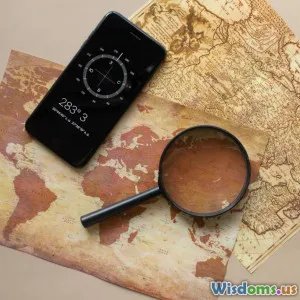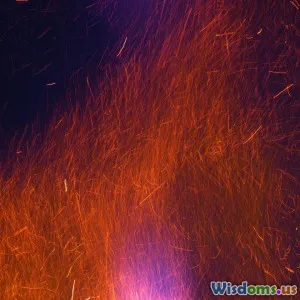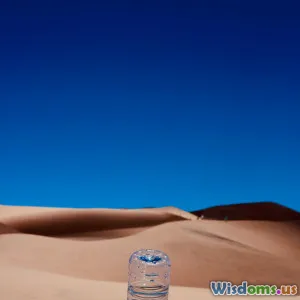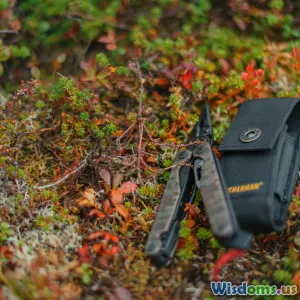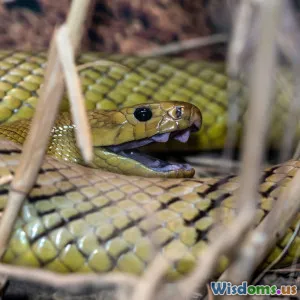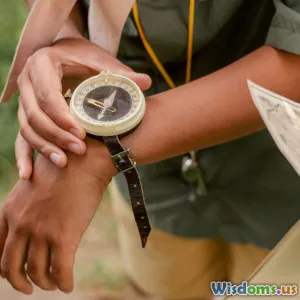
The Science Behind Orienteering Success in Remote Wilderness
14 min read Discover the scientific principles and skills that empower successful orienteering in remote wilderness settings. (0 Reviews)
The Science Behind Orienteering Success in Remote Wilderness
Orienteering is more than just a race against the clock—it's a thrilling blend of athleticism, strategy, and environmental literacy. Competitors traverse challenging terrain, combining quick decision-making with acute observational skills. Navigating from checkpoint to checkpoint, often miles apart in untouched wilderness, tests both mind and body. But what exactly separates a mediocre effort from a championship-winning performance? Science holds many of the answers. Let’s delve deep into the cognitive, physiological, and technological factors that underpin orienteering success far from civilization.
Navigational Decision-Making: The Cognitive Edge
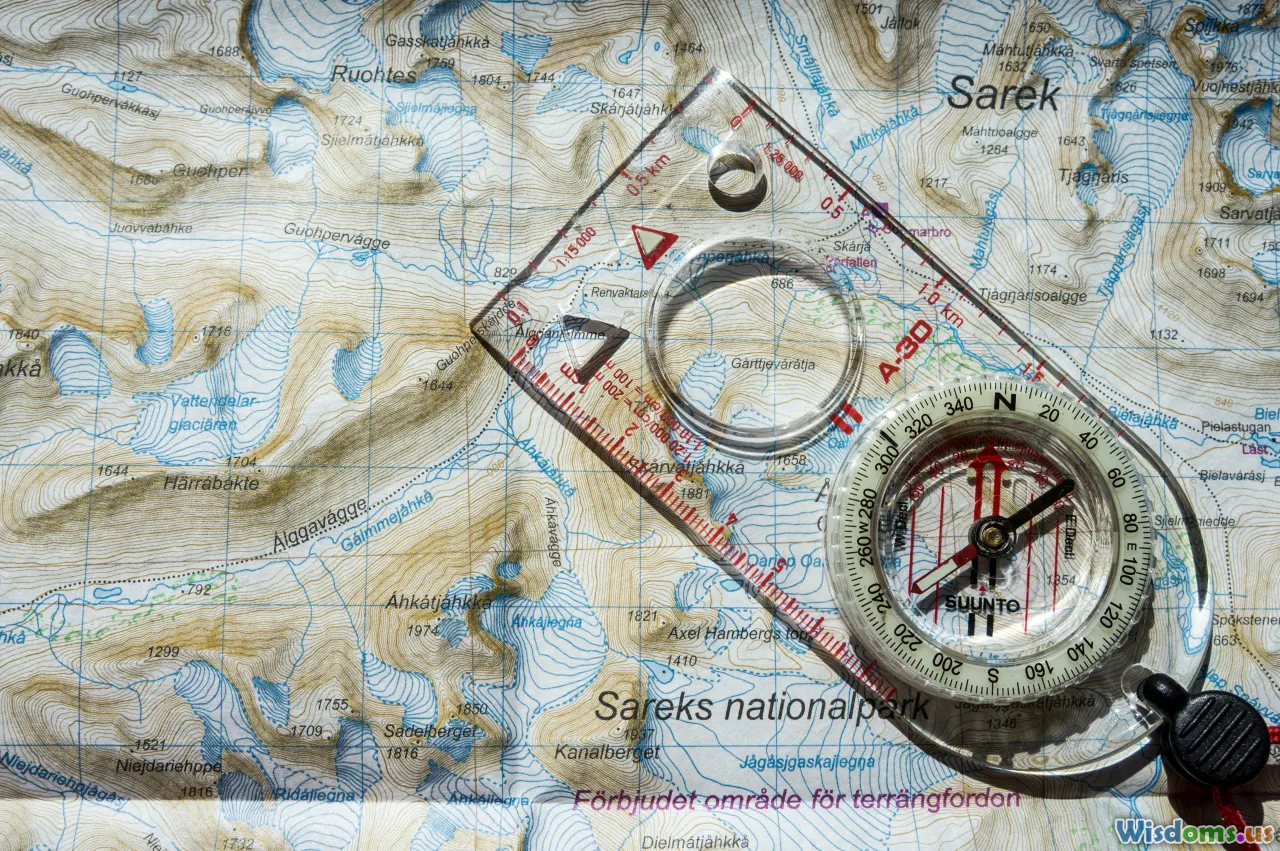
At the heart of orienteering mastery lies superior decision-making. The brain is perpetually processing detailed topographic maps and assimilating real-time environmental cues. Elite orienteers must quickly interpret map symbols—contours, marshes, vegetation types—and relate them to landscapes that can change drastically with conditions like fog or snowfall.
Decision science explains that successful navigators frequently engage in continuous reassessment: they mentally simulate route alternatives, weigh potential risks, and adapt plans as surprises arise. The concept of situational awareness—perceiving one’s surroundings, comprehending their meaning, and projecting future states—plays a vital role. Studies performed in Scandinavian orienteering clubs demonstrate that top performers pre-plan critical segments but deftly improvise when unexpected obstacles, such as impassable thickets, appear. Training cognitive flexibility is, therefore, foundational. One promising method is the use of scenario drills in training, where competitors must solve dynamic map-reading puzzles under intensive time constraints.
Researchers at the University of Jyväskylä found that expert orienteers make over 60 cognitive decisions per hour of competition, compared to only 35 by novices. This nimbleness reduces hesitation and costly backtracking, a clear separator on the leaderboard.
Physical Endurance Meets Specialized Fitness

While raw aerobic capacity—VO₂ max—remains crucial, wilderness orienteering demands tailored fitness. Unlike conventional trail running, the off-trail environment poses unpredictable obstacles: fallen logs, slippery rocks, dense underbrush, or abrupt changes in elevation. Efficient movement across these varied surfaces requires not only cardiovascular stamina, but also advanced proprioception, balance, and muscular coordination.
Several scientific studies illustrate this interplay. Finnish researchers compared the muscle activation in elite orienteers versus cross-country runners. They found significant increases in core stability and lateral hip strength among orienteers, likely trained by frequent contouring (side-running across slopes) and sudden direction changes. Comprehensive conditioning routines, such as plyometric drills and uneven terrain intervals, are widely recommended for those aiming to excel.
Hydration and caloric management represent another physical challenge in remote zones with no guaranteed resupply. Top athletes often prepack portable, high-calorie gels and a compact filtration system to tap into natural water sources, minimizing both pack weight and the risk of dehydration.
Mapping Technologies and Modern Tools
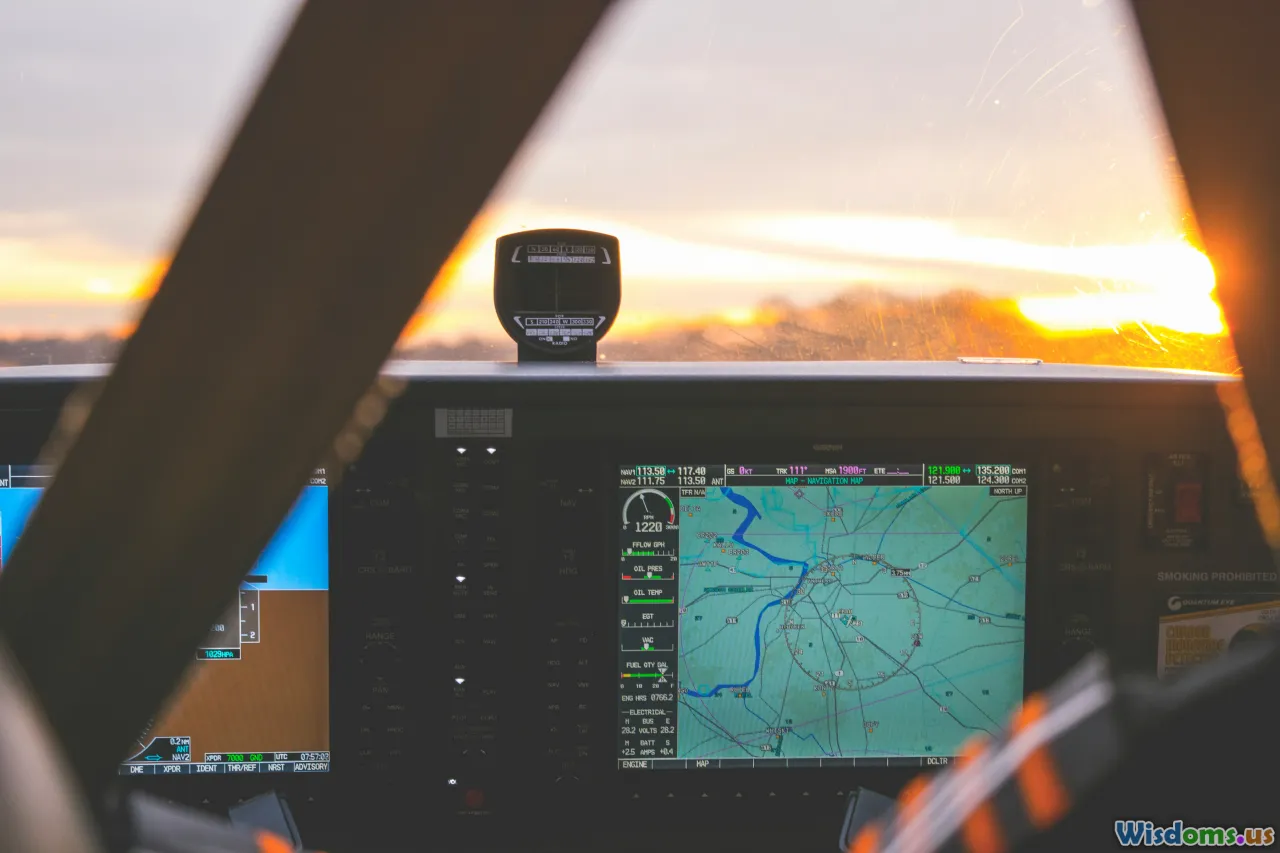
Despite the romantic image of a lone athlete with only a map and needle compass, technology has transformed both training and performance. While competition rules frequently ban GPS navigation to preserve the sport's spirit, technology persists as a potent preparatory tool. Digital mapping software (like OCAD or Purple Pen) lets competitors simulate route choices, analyze past performances, and study a course’s subtleties. LIDAR (Light Detection and Ranging) has elevated the accuracy of map contours, enabling better anticipation of micro-terrain.
Many advanced orienteers also use wearables that record heart rate variability, routes, and split times for after-action review—identifying both physical effort and navigational choices. Example: Tove Alexandersson, a world champion from Sweden, regularly studies heat maps of her races, overlaid with satellite imagery, to fine-tune tactics for future events.
Training with up-to-date aerial imagery and virtual reality environments further bridges the gap between technical knowledge and real-world execution, especially vital for remote areas where ground truthing is logistically challenging.
Psychological Resilience in Isolation

Errors are inevitable in remote orienteering—the landscape offers infinite opportunities for missteps. What counts is the ability to spot a mistake early and reorient without emotional spiraling. Cognitive psychologists call this error management strategy. Elite orienteers develop routines, such as immediate map checks upon encountering ambiguity and periodically confirming their position relative to large, unmistakable features (known as attack points).
An illustrative example: during the 2023 World Orienteering Championships, Anna Sato of Japan lost her way in the Swedish forest for three minutes. Instead of panicking, she used a systematic ‘backtrack and triangulate’ protocol—retracing steps to her last known confirmed point and reorienting using at least two fixed geographic features. This approach not only stopped rapid time loss, but stabilized her confidence for the race’s remainder.
Promoting controlled breathing, positive reframing, and clear self-talk helps avoid the downward spiral common among novices after an error. Training with an emphasis on deliberate error-making—not just flawless runs—builds more adaptable competitors.
Environmental Hazards: Risk Management and Safety
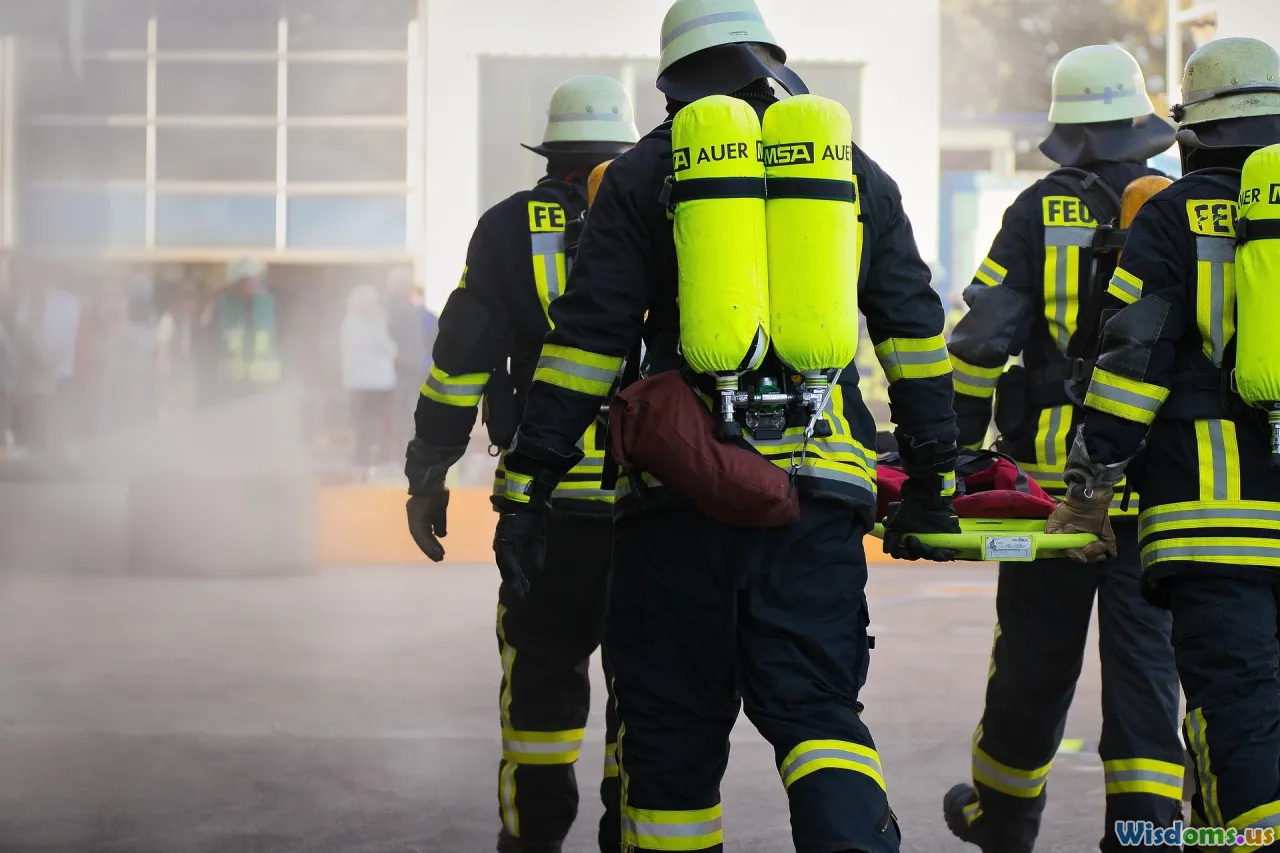
Remote wilderness orienteering is not just a chess match of routes—it's a careful engagement with the unpredictable. Environmental hazards abound: venomous snakes, surprise rain squalls, river crossings, or sudden hypothermia. Advanced practitioners train extensively in wilderness first aid and risk mitigation.
For example, Scandinavian guidelines advise mapping secondary exit routes in case primary passages (like rivers or marshes) become impassable. Orienteers are also drilled on ‘decision points’—preselected map locations to pause and reassess risk versus reward, especially when natural hazards are indicated. During the 2018 O-Ringen, one of the world’s largest orienteering events, competitors were briefed on moose-activity zones and how to respond to sudden animal confrontations.
Personal locator beacons (PLBs) and compact emergency shelter sheets are now considered standard for remote events, adding a technological safety net that, while seldom used, offers peace of mind and reduces pressure on high-stakes decisions.
Sensing the Landscape: Ecological and Climatological Literacy
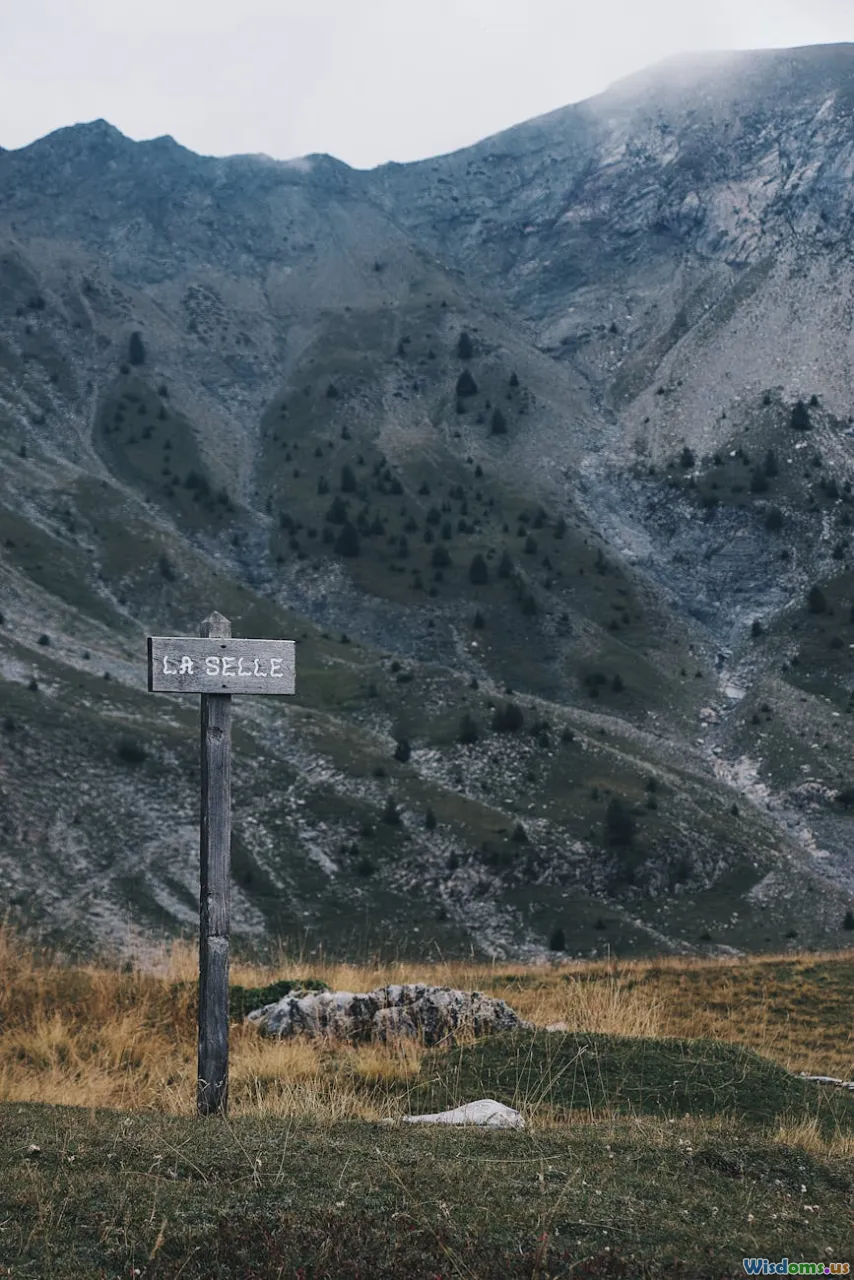
True orienteering artistry involves heightened ecological literacy. Reading the land means more than following predefined features—it requires an intuitive grasp of natural processes. For instance, seasoned competitors learn that south-facing slopes may be drier and faster but harder underfoot at dawn, while north-facing ones often harbor dense shade and lush (slower) undergrowth.
Microclimates can affect everything from footing to visibility. A sudden shift in wind or the presence of fog necessitates rapid contingency planning. Orienteers who study tree species (e.g., spindly pine versus dense beech copses) and seasonal wildlife activity gain subtle clues about hidden trails or watertight barriers.
An environmental awareness anecdote: in the wilds of British Columbia, a team tuned into forest bird alarm calls, correctly inferring the approach of a distant, perhaps dangerous, animal and veering preemptively. Integrating this granular observation into navigation produces both safety and speed advantages.
Building a Championship Routine: Integrated Preparation

Combining all the scientific, psychological, and practical elements, true backcountry orienteering success stems from integrated and relentless preparation. Here's a breakdown of how world-class athletes engineer their training weeks:
- Technical Sessions: Night navigation, contour-only map work, practicing in extreme weather.
- Physical Training: Alternating hill sprints, cross-training with mountain biking or swimming to build versatility.
- Mental Drills: Meditation, visualization scripts, stress inoculation (e.g., simulated navigation under time or cognitive load).
- Equipment Checks: Pre-event gear tests—double checking compass declination settings, headlamp batteries, and emergency kits.
Preparation is often done in teams—even when racing solo. Competitive clubs in Switzerland and Finland, for example, routinely collaborate on training camps, analyzing errors collectively and sharing insights from new terrain. This blending of solitary skill and community wisdom gives rise to the knowledge-sharing culture so valuable in high-stakes wilderness navigation.
Orienteering as a Continual Learning Journey

Perhaps most captivating about wilderness orienteering is that mastery is fleeting; each new forest, ridge, or river system brings surprises. Success grows from layering scientific understanding atop personal experience—from the savvy use of technology to sound judgment under pressure, from cultivating psychological grit to tuning in with the rhythms of the natural world.
Whether you're an aspiring orienteer or a curious adventurer, the hallmarks of the sport—adaptability, resilience, and relentless curiosity—translate into valuable skills for all aspects of life, both on and off the beaten path.
Rate the Post
User Reviews
Popular Posts










